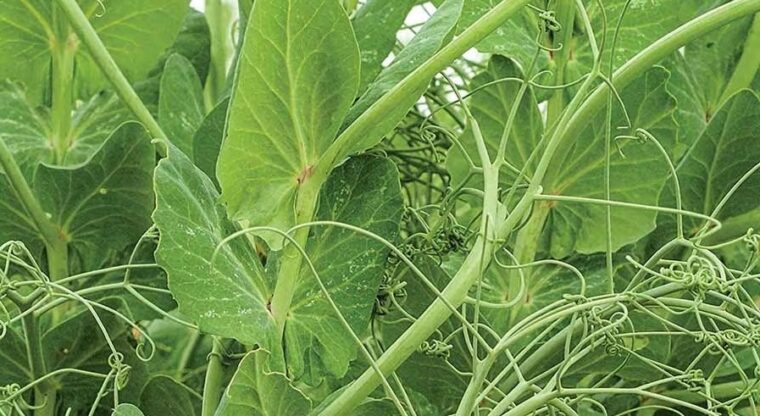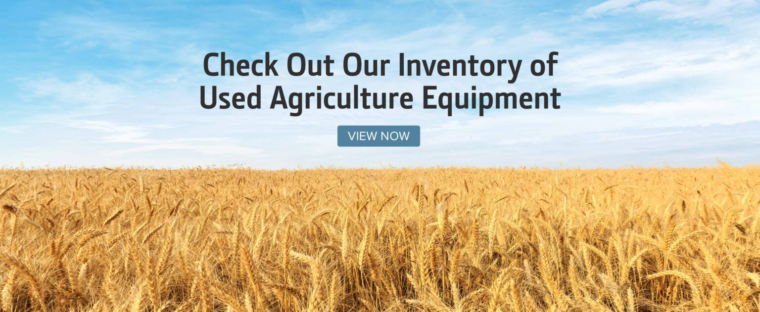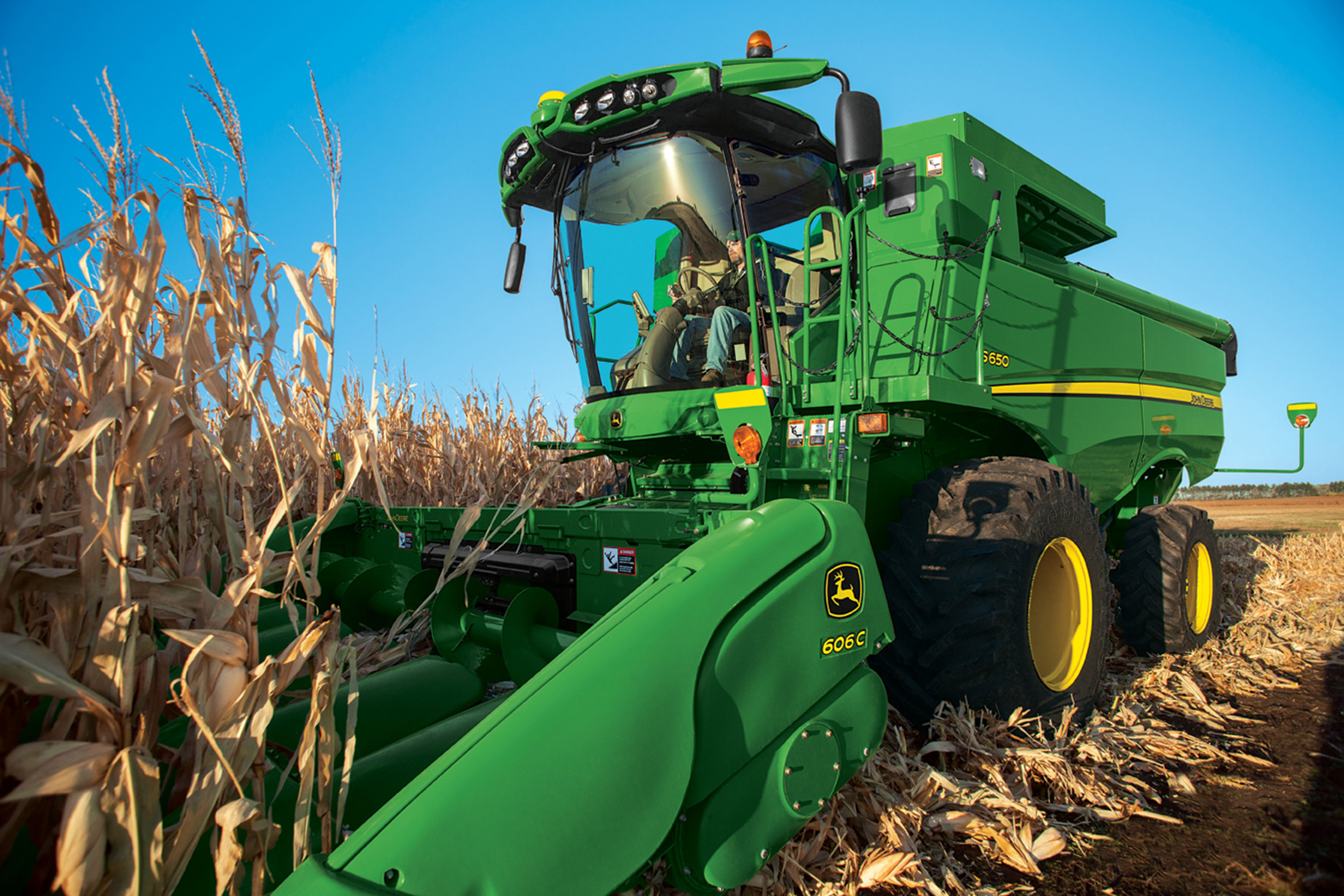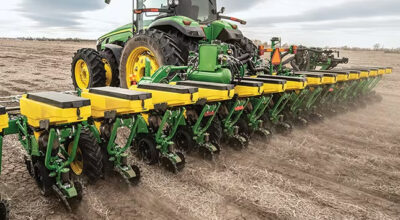Timing is everything when it comes to cover crops. Plant too early, and they might compete with your main crop for sunlight and nutrients. Too late, and you risk poor establishment before frost shuts down growth.
The sweet spot depends on your climate, soil goals, and farming practices.
In this blog, we’ll break down when to plant cover crops for the best results, whether you’re aiming to prevent soil erosion or build long-term resilience. With specialized tools backed by years of innovation, John Deere gives farmers the precision and flexibility they need to plant cover crops at the right time.

Why Timing Matters for Cover Crops
The success of a cover crop depends on timing. Plant too early and it may compete with your cash crop for nutrients. Plant too late and frost or drought can keep it from establishing. When seeded in the right window, cover crops build strong stands that protect soil, improve fertility, and set the stage for healthier harvests the following season.
Climate is the biggest factor. In cooler regions, planting by late September or early October gives roots time to anchor before the first frost. In warmer zones, earlier seeding helps cover crops withstand stretches of summer heat. Weather extremes also play a role: heavy rains can wash out seedlings, while prolonged dry spells may require irrigation to get them started.
Soil goals matter, too. To control erosion, cover crops need to be established before seasonal rains arrive. For nitrogen fixing, legumes need several weeks to form nodules that store nutrients for the next crop. And in drought-prone areas, fast-growing species like buckwheat provide quick soil cover that conserves moisture before it evaporates.
Core Benefits of Cover Crops (and Why They’re Worth the Effort)
Cover crops come into play when fields would typically sit bare, keeping the soil active and productive between cash crop cycles. Benefits of cover crops include:
- Soil health improvement: Cover crops enrich the soil by adding organic matter and loosening compacted layers. Annual ryegrass, for example, sends deep roots into tight soil, creating channels that improve aeration and water infiltration.
- Weed and pest suppression: By covering exposed soil, cover crops crowd out weeds and reduce the need for herbicides. In the spring, a thick stand of cereal rye shades the ground so weeds can’t take hold before corn or soybeans are planted. Mixtures like rye and vetch also provide habitat for lady beetles, which feed on crop-damaging pests like aphids.
- Nutrient management: Many cover crops capture and recycle nutrients that would otherwise be lost. Legumes like crimson clover actively add nitrogen back into the soil by storing it in their root nodules, while grasses such as oats capture leftover fertilizer and hold it in place until the next crop can use it.
- Climate resilience: Cover crops make fields more resilient to extreme weather by reducing erosion and shielding the soil to slow evaporation. In drought-prone areas, buckwheat covers the ground in just a few weeks, helping retain soil moisture. Sunflowers add another layer of protection by improving soil structure while also supporting pollinators during the hottest part of the season.
When to Plant Cover Crops by Season
Fall Cover Crops
Fall is the go-to season for planting cover crops because fields are often open after harvest, and the soil is still warm enough for quick establishment. This timing lets roots take hold before winter, creating a protective blanket that keeps soil in place and ready for spring.
Reliable fall cover crop options include cereal rye for erosion control, clovers for nitrogen fixing, and Austrian winter peas for adding organic matter. In colder regions, hardy clovers like Dutch clover can survive subzero temperatures, making them a dependable choice for long winters. Farmers in Ontario, for instance, often seed Dutch clover in late September to give it enough time to root before winter, ensuring a strong stand that carries through harsh conditions.
Spring Cover Crops
Spring cover crops keep fields productive before late-season crops are planted. With soil warming and moisture still plentiful, it’s the perfect window to establish a quick-growing stand that builds organic matter and holds weeds at bay.
Buckwheat is a popular choice because it matures quickly and breaks down easily once incorporated. Soybeans also work well, adding nitrogen while outcompeting spring weeds. These covers can be worked into the soil just before summer planting, leaving fields richer and cleaner for the next crop.
Summer Cover Crops
Summer cover crops thrive in hot weather and long days, making them an ideal option for filling gaps after early-harvest vegetables. Their rapid growth shades the ground, holds moisture, and keeps weeds from taking over during the warmest months.
Fast growers like buckwheat, cowpeas, and sunflowers are trusted summer picks. Buckwheat covers soil in just a few weeks, and cowpeas fix nitrogen while tolerating dry conditions. Sunflowers pull double duty by improving soil health and attracting pollinators.
John Deere Equipment for Successful Cover Crop Management
The right equipment helps you hit the perfect planting window for cover crops. From no-till drills to air systems, John Deere offers tools that help farmers seed efficiently, protect soil health, and set cover crops up for success.
- John Deere 1590 No-Till Drill: Built for fields with heavy residue and uneven terrain, the John Deere 1590 seeds directly into crop stubble, using no-till openers that minimize soil disturbance and preserve field structure. Its large seedboxes keep you moving longer between refills, and electronic population rate control (EPRC) makes it simple to fine-tune seeding from the cab. This combination of precision and efficiency is why many Midwest farmers turn to the 1590 for seeding cereal rye right after soybean harvest, where consistent emergence in high-residue fields is essential for cover crop success.
- Air Seeder: Air seeders use pressurized air to move seed from a central hopper through tubes, allowing farmers to cover large fields quickly — especially valuable when planting windows are tight. They handle a wide range of seed types, from soybeans to cover crop mixes, and work best in no-till fields where minimal soil disturbance is a priority.
- Air Drill: For farmers who need precision, air drills use disc or hoe openers to place each seed at a consistent depth. This uniform placement improves germination, and many models can also apply fertilizer during seeding for an efficient one-pass system.
Choosing the Right Tool for Your Farm
Here’s how John Deere cover crop equipment compares at a glance:
| Tool | Best Case | Strength | Limitation |
1590 No-Till Drill | High-residue or uneven fields | Precision placement, minimal disturbance | Smaller coverage area |
Air Seeder | Large, open fields | Speed, covers acres quickly | Less precise seed-to-soil contact |
Air Drill | Uneven terrain, mixed soils | Consistent depth and uniform stands | Slower than air seeder |
Calibrating Seed Drills and Air Seeders for Cover Crops
Calibration is a critical step when planting cover crops. Seed size, seeding depth, and species requirements vary widely, which is why resources like the USDA’s Cover Crop Seeding Table are a valuable starting point for planning. But charts alone can’t account for on-the-ground factors like soil type, residue, or seed coatings. Taking a few minutes to calibrate your no-till drill, air seeder, or air drill before planting ensures accurate seed delivery, reduces waste, and helps produce strong, uniform stands.
Get the Tools You Need for Healthy Soil and Higher Yields
The right equipment can turn a good cover crop plan into a great one. From precision seeders to reliable tillage and cultivation tools, John Deere offers everything you need to prepare, plant, and manage your fields for long-term success. Turn your cover crop strategy into results. Visit your local John Deere dealer to find the right equipment that will make your soil healthier and yields higher.




